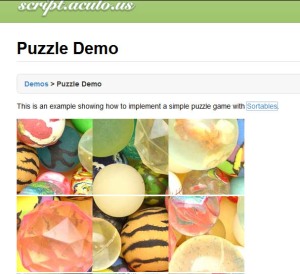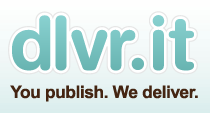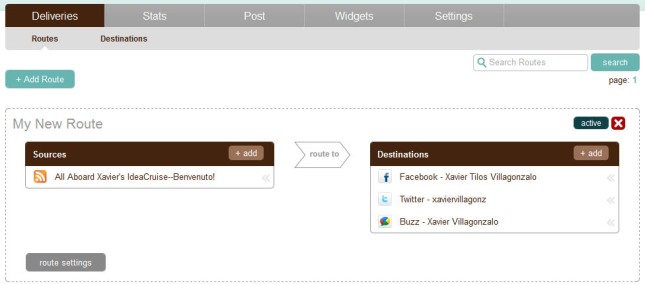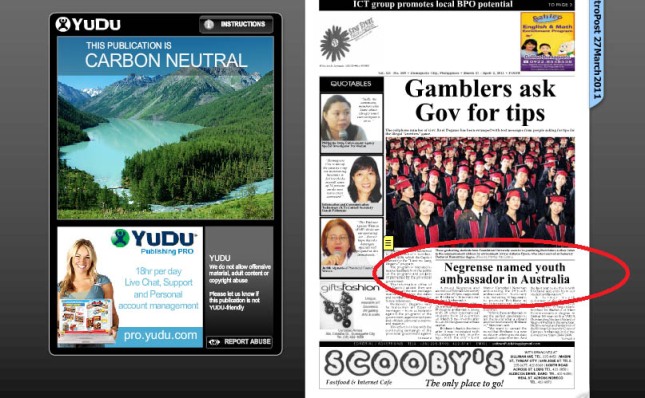Finally down to the last pattern of Tim O”Reilly’s What is Web 2.0—“Design Patterns and Business Models”. It has been somewhat like a long and arduous journey for me, after having explored the seven principles in my prior posts. Now I’ll be highlighting the 8th principal feature which is “Lightweight Models & Cost-Effective Scalability.” Notably, one of the significant lessons he mentions about this is to:
“Support lightweight programming models that allow for loosely coupled systems. The complexity of the corporate-sponsored web services stack is designed to enable tight coupling. While this is necessary in many cases, many of the most interesting applications can indeed remain loosely coupled, and even fragile. The Web 2.0 mindset is very different from the traditional IT mindset!”
In Web 2.0 this means that really simplicity is the name, and doing more with less is the game. Whilst making sure that the business models are scaled as well as their assisting technologies that implement them. One can produce a cost effective solution if the amount of resources required to make them are reduced to the smallest possible amount or degree.
A very good example of Web 2.0 application that I can relate to the pattern is my favourite online storage service—Windows Live SkyDrive, a part of Microsoft’s Windows Live family of Web 2.0-style online offerings. You receive 25GB of free Windows Live SkyDrive online storage (although individual files can be no bigger than 50MB each), and you can store any type of file to a Private, Public, or Shared folder.
With your Windows Live SkyDrive log-in name and password, no one except you can access Private folders; anyone on the internet can view your Public folders, but only people you invite can see Shared folders. You can restrict invitees’ access to  certain Shared folders or grant them Contributor status for viewing, adding, modifying, and deleting items in a folder.
certain Shared folders or grant them Contributor status for viewing, adding, modifying, and deleting items in a folder.
I tried sending invites first to those who already have a Microsoft username and password before they can access a Windows Live SkyDrive Shared folder. Another good thing is that there will be no problem if they use Hotmail or Windows Messenger, or otherwise have an MSN or Windows Live ID. The last time I checked Microsoft promised that a future release of the service will support sharing folders with users who don’t have any Microsoft account, but I’m not sure if that has already been fulfilled.
I know there’s Dropbox, XDrive and Streamload already around though but what sets SkyDrive apart from them is the fact that it is already tied with my own primary email at Live MSN. However, it does fall short with some features offered by the aforementioned like allowing you to stream stored audio files and perform automated backups and lets you synchronize data between two computers.
As Tim O’Reilly has said, the next time a company claims that it’s a “Web 2.0” we make sure that we will have to test their features against the concept of the 8 patterns I’ve written on these blog posts. He adds that the more points they score, the more they are worthy of the name. It’s always good to be reminded of his quote that “excellence in one area may be more telling than some small steps in all seven.”
On a more personal note, amidst all the blogging for Web 2.0, I felt to myself like I was a town crier in my old home town back in the Philippines constantly spreading announcements, proclamations and what not. But most of what will remain from me now after a semester of academic requirements doing Web 2.0 Applications is this blog that will serve as a chronicler of events capturing memoires of my learning; I feel this one would be handy at some point if I try to recount on what I have demonstrated as a vanguard of ubiquitous computing.
Lastly, writing for Web 2.0 is a great practice to incorporate into my article-writing ritual because it allows me to get my articles higher up on the search results—thus, a “Long Tail” effect (thanks to tags) and it’s good to be in front of the people who are ready for some action. The fact that you’ve read to the end of this entire document and are hanging out with me at the bottom of this page, I’ll have to say thank you truly it was a splendid adventure, but my journey has just begun!














